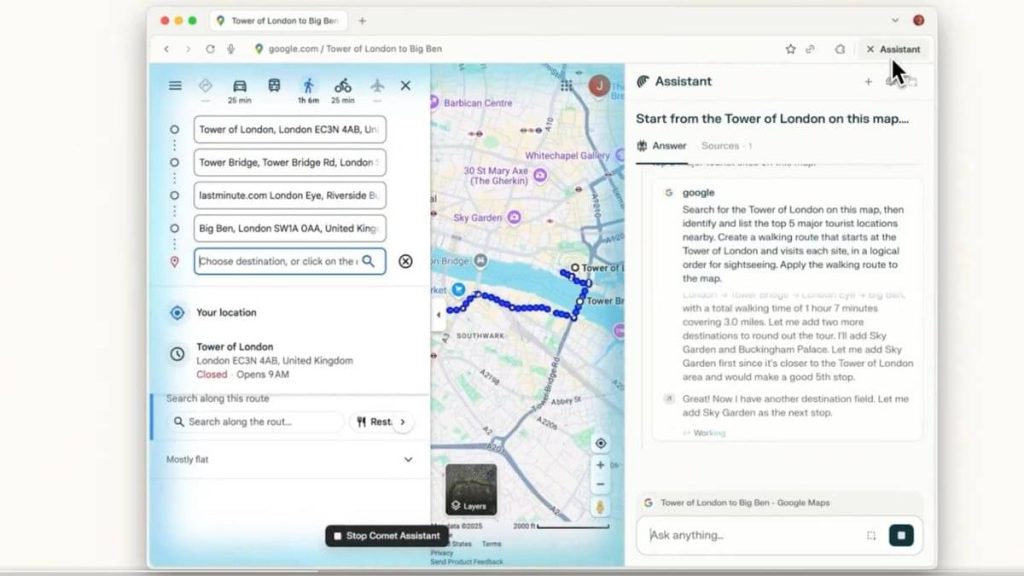Perplexity AI, the fast-rising challenger to Google Search, has officially rolled out its Comet browser in India, marking the company’s most direct push yet into a market where mobile-first browsing dominates. The launch comes just months after the company debuted Comet in the US, positioning it as a browser built around AI-first interactions rather than traditional search bars and bookmarks.
Unlike conventional browsers, Comet is designed to integrate Perplexity’s conversational AI into the browsing experience. Instead of typing queries and sifting through blue links, users can ask questions in natural language and receive direct answers, summaries, and context pulled from across the web. The browser also features quick summaries of web pages, AI-powered tab management, and a feed of personalised recommendations.
The approach reflects Perplexity’s belief that the future of browsing is not about navigating but about understanding and answering, showing a direct contrast to Google’s model, which still largely revolves around keyword-driven search results supported by ads.
The launch in India is not coincidental. With over 750 million internet users and a fast-growing appetite for AI-driven tools, India is among the largest markets where browsing and search habits are still fluid. By introducing Comet early, Perplexity hopes to capitalise on digital natives who may be willing to shift from entrenched ecosystems like Chrome or Safari.
“The team is cooking a lot more new things which we will be shipping in the coming weeks,” Perplexity CEO Aravind Srinivas, who grew up in Chennai before moving to the US, said in a reply to a user’s post on X. His Indian roots add a symbolic weight to the company’s ambitions in the country, where global AI firms are racing to localise their offerings.
Srinivas’s hint about “more new things” suggests that Comet’s India launch could be followed by local language support, tighter integration with Perplexity’s mobile app, and possibly partnerships with Indian OEMs to pre-load the browser on smartphones.

